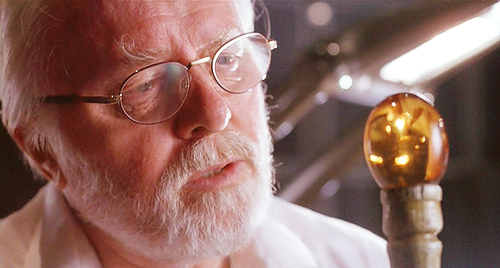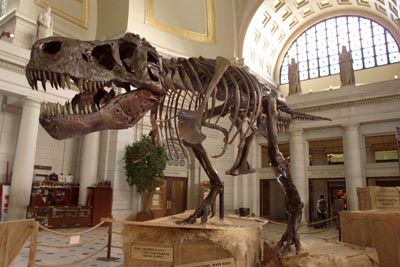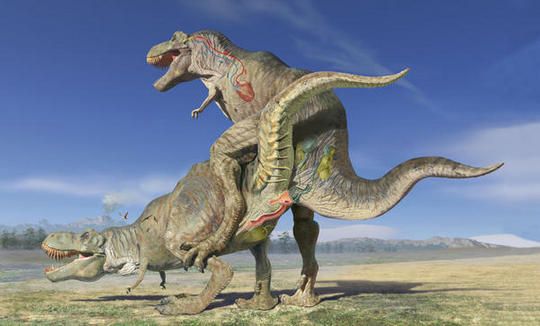The discovery of extractable dinosaur DNA is many a scientist’s dream. The idea of finding DNA within extinct animals has an air of mystery and discovery that is just ridiculously appealing, whether you’re 5, 50, a teacher, palaeontologist, or cab driver. I think this is part of human nature, where we always seem to have a longing for what we can’t have, and one thing we’ll never have are the things that have been lost to ages long past.

All you need is an eccentric billionaire.. Or maybe just a team of intrepid scientists! Source.


